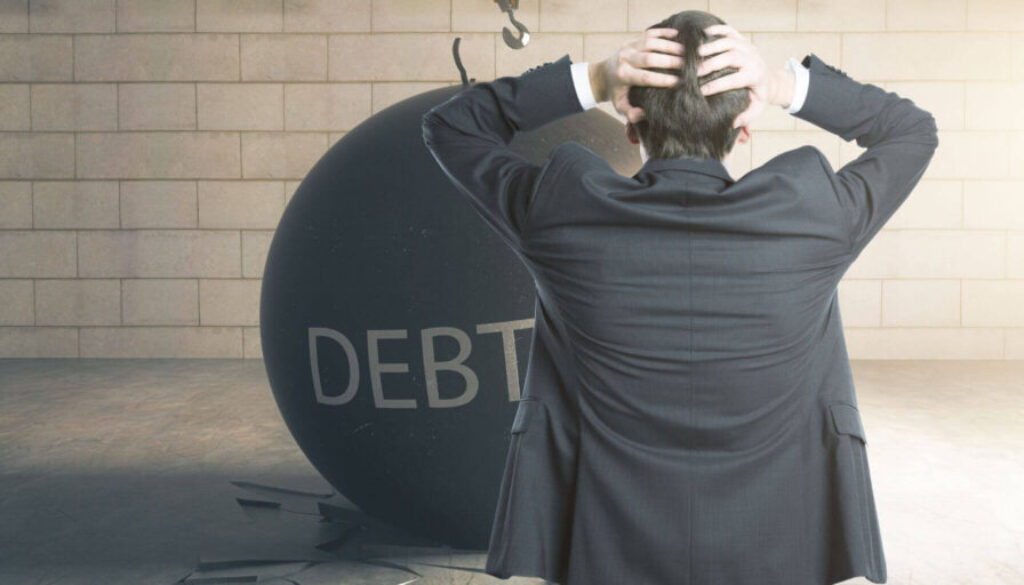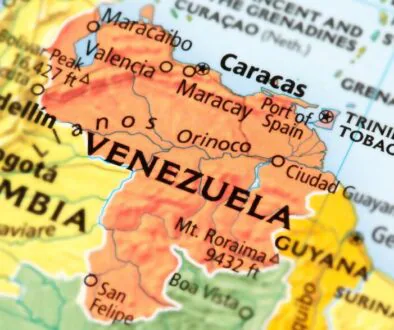Why We Can’t Ignore the Debt Bomb Any Longer: A Slow Burn
Let’s discuss about the elephant in the room—America’s debt bomb. It’s a term that’s been batted around for decades, frequently rejected as excessive fear-mongering. You might have heard it so many times that it sounds like background noise. But here’s the uncomfortable truth: just because the ceiling hasn’t caved in doesn’t mean the cracks aren’t spreading.
Critics love to mock the “doom and gloom” crowd. They say warnings about national debt are nothing more than marketing ploys for gold coins or clickbait for sketchy financial advice. But if you pause for a second, you’ll notice something’s changed—something real.
Let’s rewind to 1972. That’s over 50 years ago, when headlines first sounded the alarm about Uncle Sam’s empty pockets. Fast forward to today, and while the sky hasn’t fallen in one dramatic crash, the ground beneath us has shifted—slowly, steadily, and dangerously.
Not an Explosion, But a Quiet Erosion
When people hear “debt bomb,” they imagine an apocalyptic burst—markets crashing, currencies collapsing. But maybe it’s more subtle than that. Maybe it’s more like boiling a frog—heat turning up just enough for the frog to never realize it’s in trouble.
Think about the cost of living. Think about how two-income households have become the norm, not the exception. Think about how salaries have stagnated while everything else—from groceries to health insurance—keeps climbing. This isn’t some financial fantasy. It’s real life for millions of American families.
And the culprit? Our ever-growing national debt. Not in the dramatic, headline-grabbing way, but in the slow bleed that forces hard-working people to do more with less.
The Math Doesn’t Lie
Now even the most level-headed financial experts are starting to raise their voices. Why? Because the numbers don’t lie. Interest payments on the national debt are now blowing past $1 trillion per year. That’s money we’re not investing in infrastructure, education, or innovation.
Ray Dalio, a guy who doesn’t need to sell books to pay the bills, is warning us. Peter Orszag, once head of the Office of Management and Budget, now admits he wasn’t worried enough about debt back when he had the power to do something. And even Jamie Dimon, head of JPMorgan Chase, says this path isn’t sustainable.
It’s not about political parties or personal agendas anymore. The math is starting to scare even the math people.
Solutions Exist—If We’re Willing to Act
Let’s cut through the noise: yes, we have solutions. Yes, we’ve had them for years. But making the hard choices? That’s where things fall apart. When leaders propose budget cuts—particularly to sacred cows like Medicaid—they get slammed. But here’s the thing: Medicaid spending alone has exploded since COVID, rising by hundreds of billions. And no, that’s not sustainable either.
Being a leader doesn’t mean making everyone happy. It means making the tough calls. True leadership is about looking people in the eye and saying, “This won’t be easy, but it’s necessary.”
What Happens Next?
The longer we ignore this, the worse it gets. Eventually, that slow-burning fuse will reach the powder keg. It might not look like a Hollywood-style collapse, but the damage to our economy, our social programs, and our future will be undeniable.
So, let’s stop pretending this is someone else’s problem. Let’s demand that our leaders—on both sides—act like adults. Let’s stop kicking the can down the road and start facing reality. Because the real debt bomb? It’s already going off. We just haven’t felt the full shockwave—yet.
Watchdog for Wall Street
It is the mission of “Watchdog on Wall Street” to protect the best interests of everyday individuals. Chris Markowski offers insightful commentary on topics that are relevant to his listeners.For the most recent events, economic shifts, and financial updates, visit Watchdog on Wall Street podcast.




